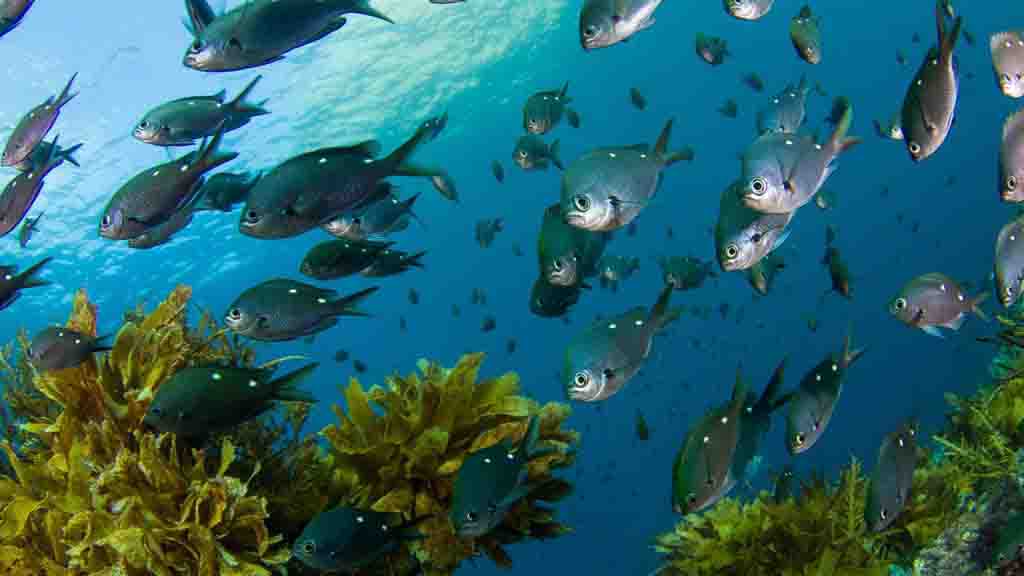Agriculture & Climate Change, New Zealand (Commonwealth Union) – Marine research plays a crucial role in environmental preservation. Environmental researchers from across the world have indicated the dangers of microplastics and how nations far away have been impacted by marine pollution due to the ocean currents.
The campaign to save the Hauraki Gulf is to be enhanced by the University of Auckland’s new marine research vessel.
The Hauraki Gulf is located on the North Island of New Zealand, which is currently under threat due to overfishing and marine pollution threatening a wide variety of marine species.
The multi-million-dollar marine research vessel, The Explorer (known in Maori as Te Kaihōpara) of the University will be part of the campaign to revive the Hauraki Gulf.
The 15.9-metre watercraft takes the University research capabilities further and will back the atmospheric repair work.
“Our marine environment is in need of restoration, especially in the Gulf,” says Professor Simon Thrush, Director of the Institute of Marine Science at the University of Auckland. “Te Kaihōpara will enhance our teaching and research, and support the wider push to find solutions to our environmental challenges.”
Local iwi Ngāti Manuhiri (Mahurangi Peninsula), who is a partner in mussel reef restoration, had gifted the name Te Kaihōpara.
Revive Our Gulf, which has the the University of Auckland, The Nature Conservancy, and the Mussel Reef Restoration Trust join hands to work with Ngāti Manuhiri in attempting to re-establish mussel beds that disappeared due to overfishing last century.
The Gulf is a place that is less hospitable for sea creatures due to overfishing and sedimentation. Warming water is causing species to move locations, disrupting long-established food webs, and drawing destructive new species like long-spined sea urchins according to researchers.
The Explorer will provide support in conducting research for Kelps which are large brown algae seaweeds that has seen resilience together with the success of large-scale kina removals to restore kelp forests.
Sound pollution with boat noise causes stress to snappers (family of perciform fish) and, further indicating, the part sound plays in the Gulf, where the Explorer will also provide research support.
Additionally, research support for the effects of climate change, like invasive sea urchins, and new methods for observing the health of the marine atmosphere along with feeding groups of whales, dolphins, seabirds, rays and the habitat utilization and engagements of large marine animals are areas of research the Explorer will play a role.
“We now have more capacity to sample the seafloor and deploy increasingly sophisticated equipment and analytical instruments,” explained Thrush. “We can also carry many more students and passengers to help training and to experience our marine environment.”
The 2 large TV screens on the boat provide assistance in teaching and research, relaying underwater images obtained with video cameras or the remotely operated underwater vehicles.
While The Explorer can travel to the coast of Aotearoa from Manawatāwhi (Three Kings Islands) located in the north to distances such as Kaikoura and Greymouth, it will primarily engage in activities in the Gulf.
“Te Kaihōpara will spend much of her life working in Ngāti Manuhiri’s rohe moana and we look forward to working with all iwi to enhance the mauri of the Gulf and all marine environments,” said Thrush.
Forming the 1st marine reserve in New Zealand, a 6-kilometre no-take strip next to the marine lab at Te Hāwere-a-Maki (Goat Island) in 1975 was a major achievement for Dr. Bill Ballantine a marine biologist. It was established for scientific work; the reserve became extremely popular among the public as well as a model for marine reserves locally and across the globe.
Presently The Gulf’s problems indicate the requirement for more marine reserves, which is on the cards in Waiheke Island, the 2nd largest island in the Hauraki Gulf.









